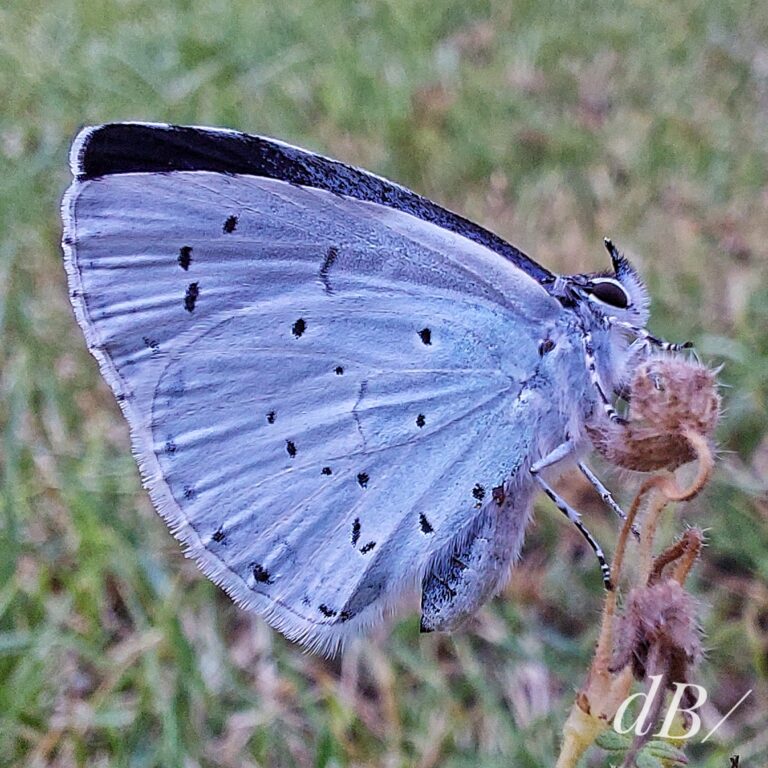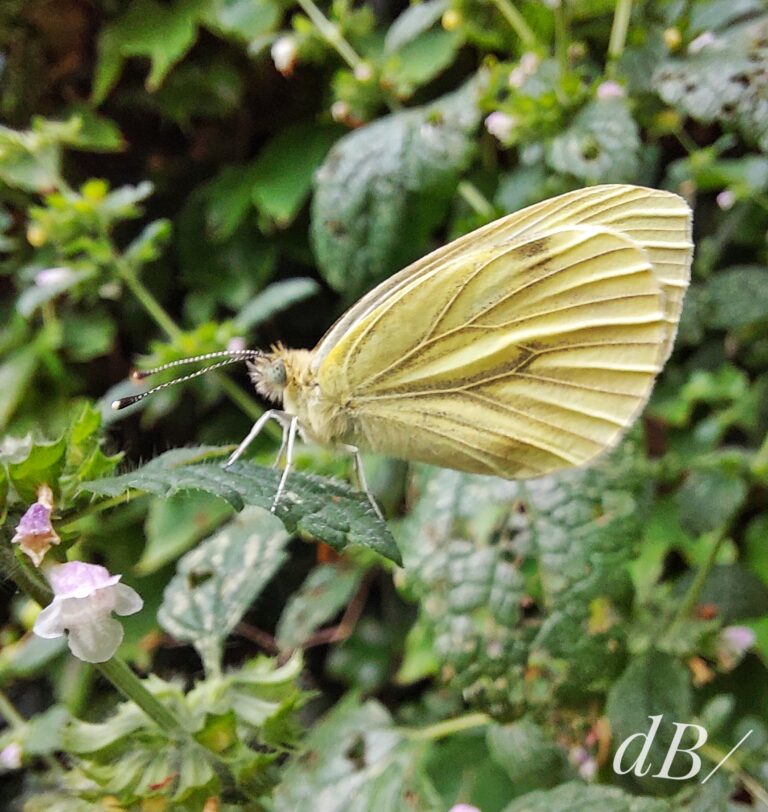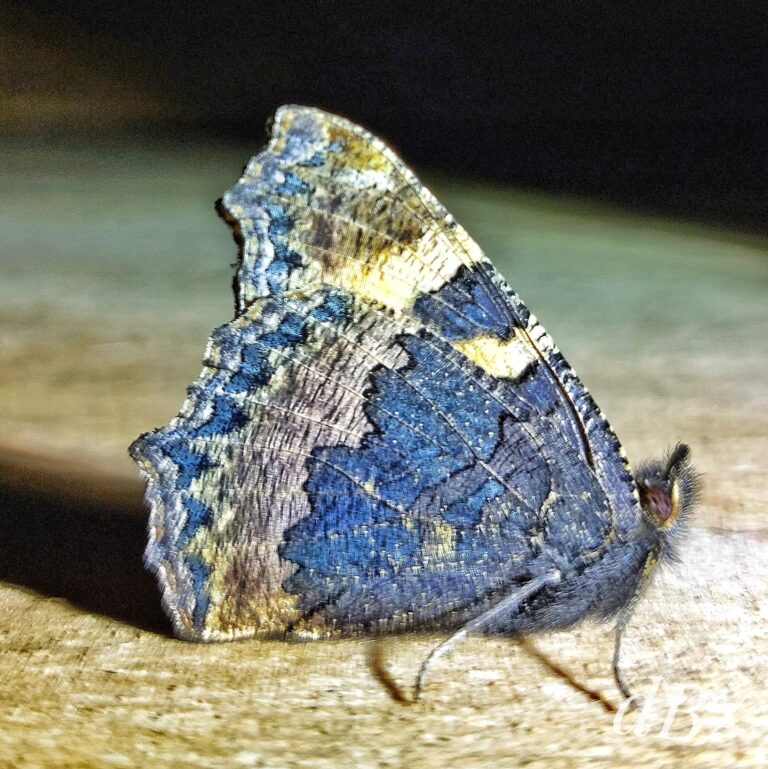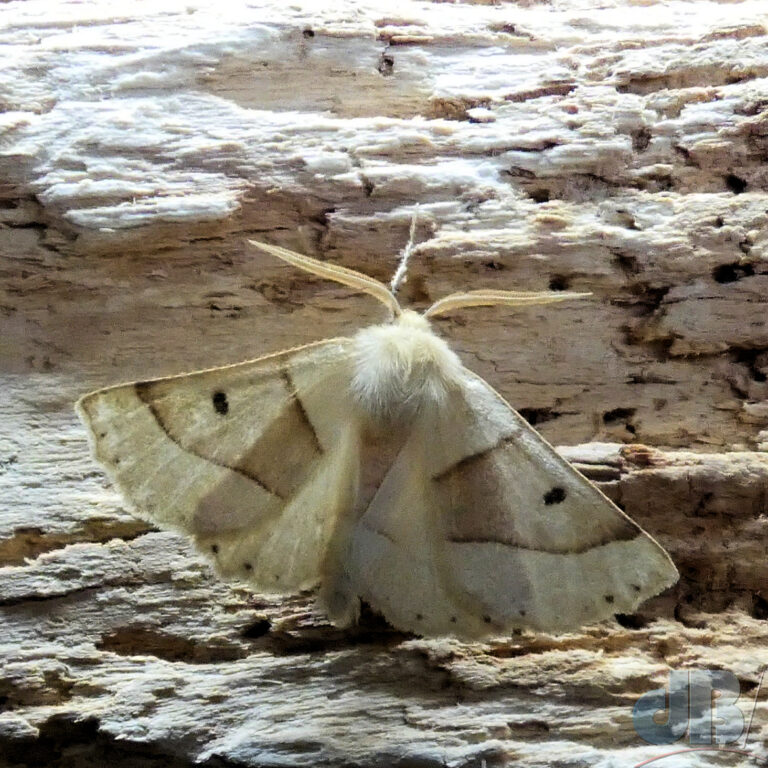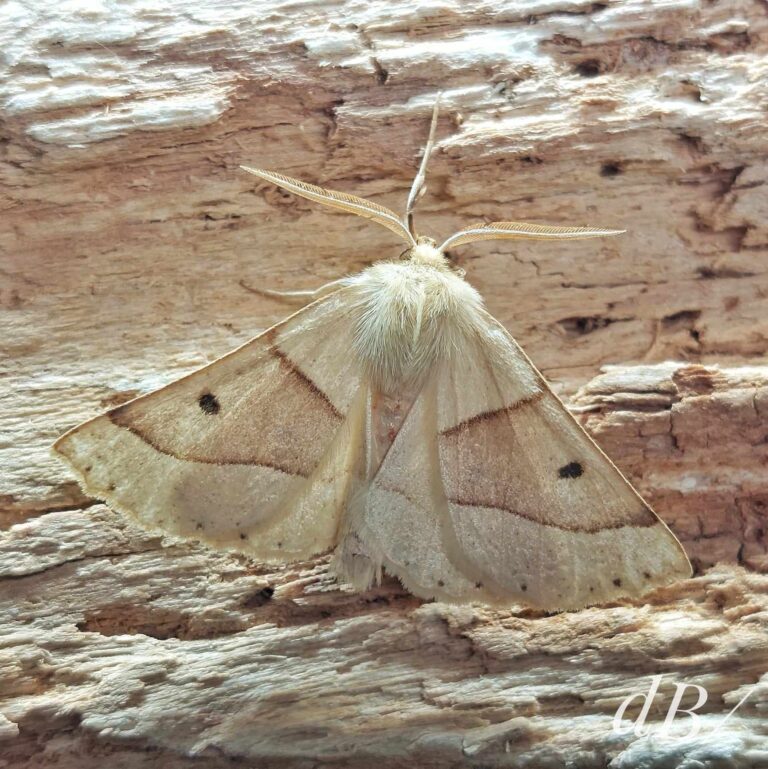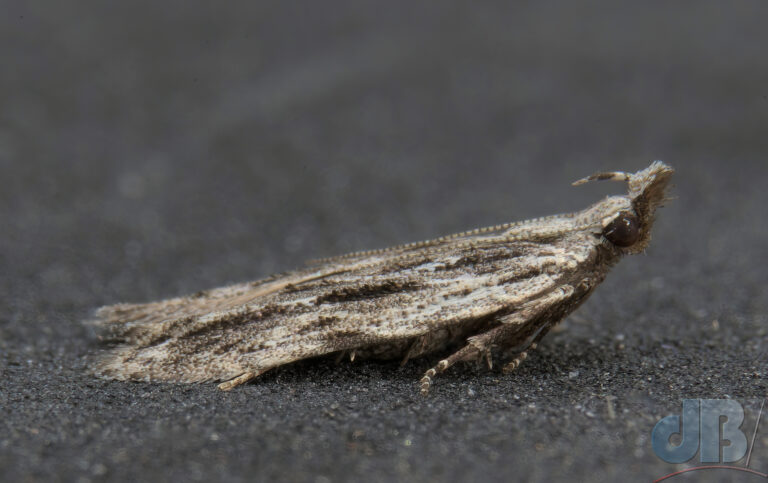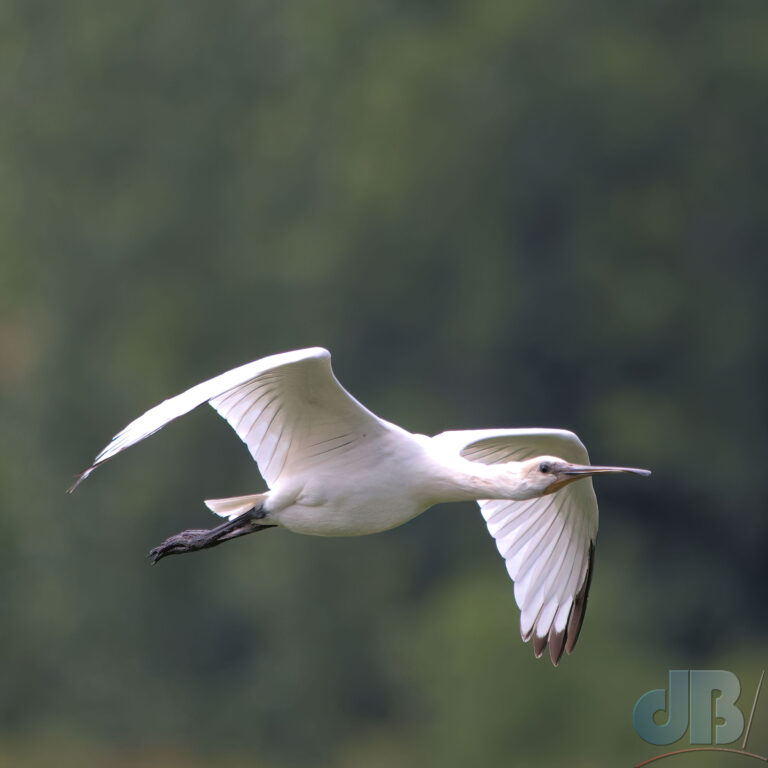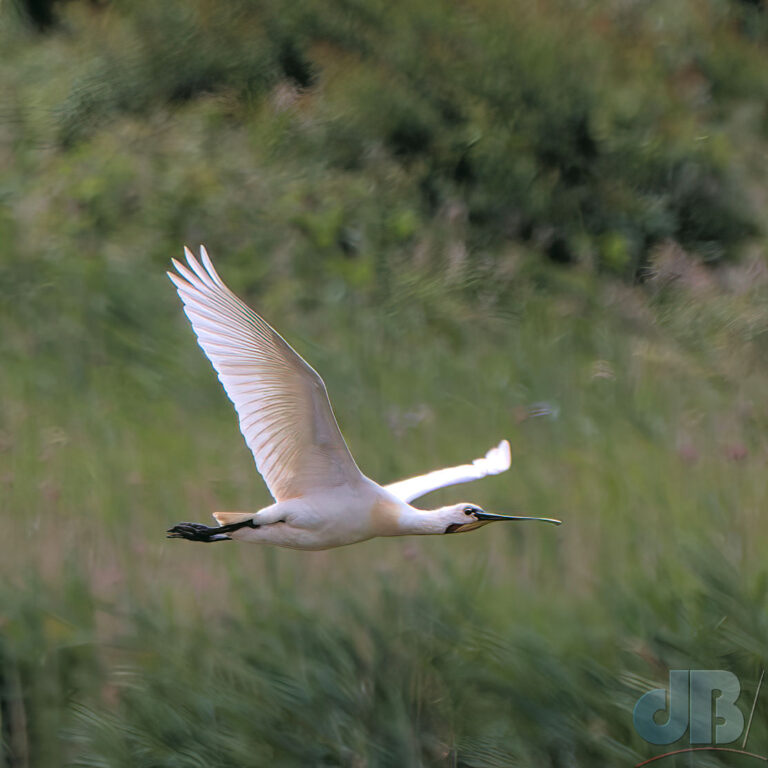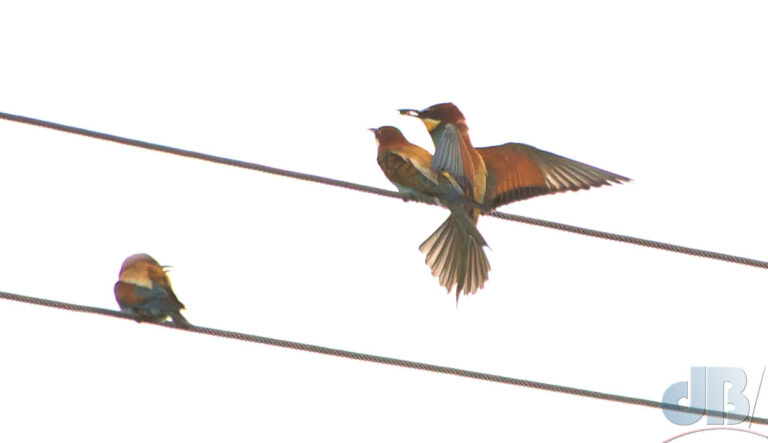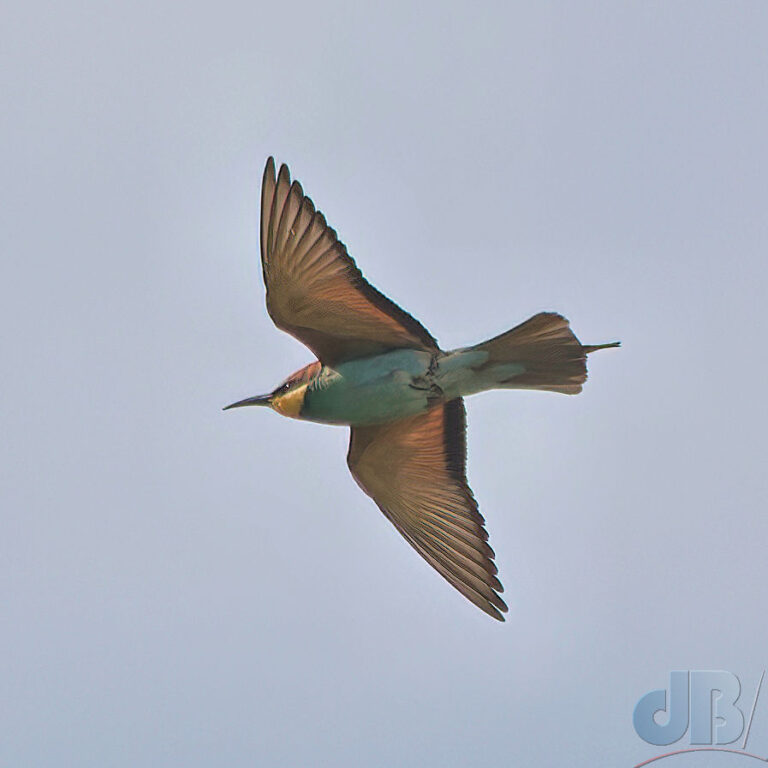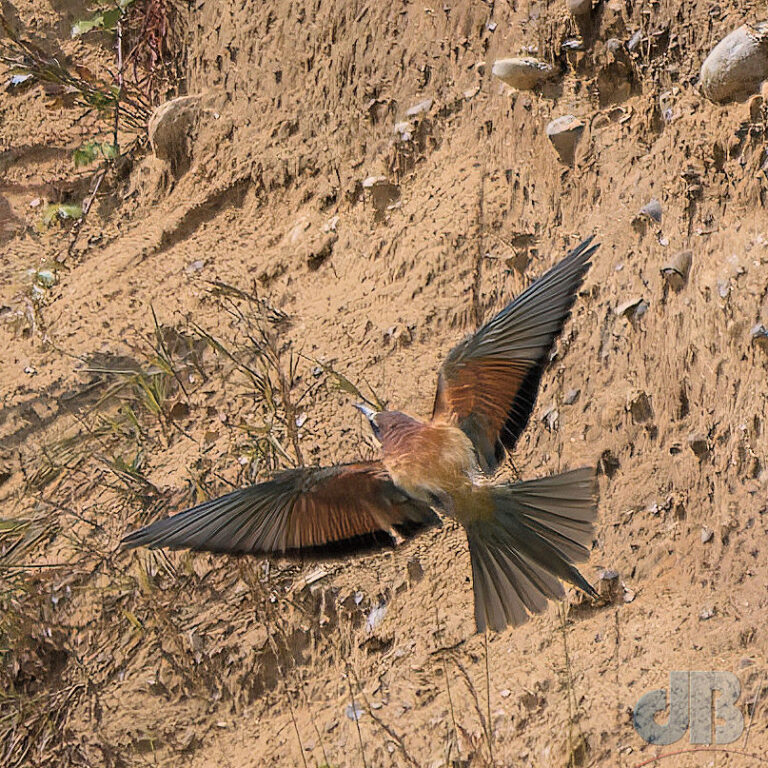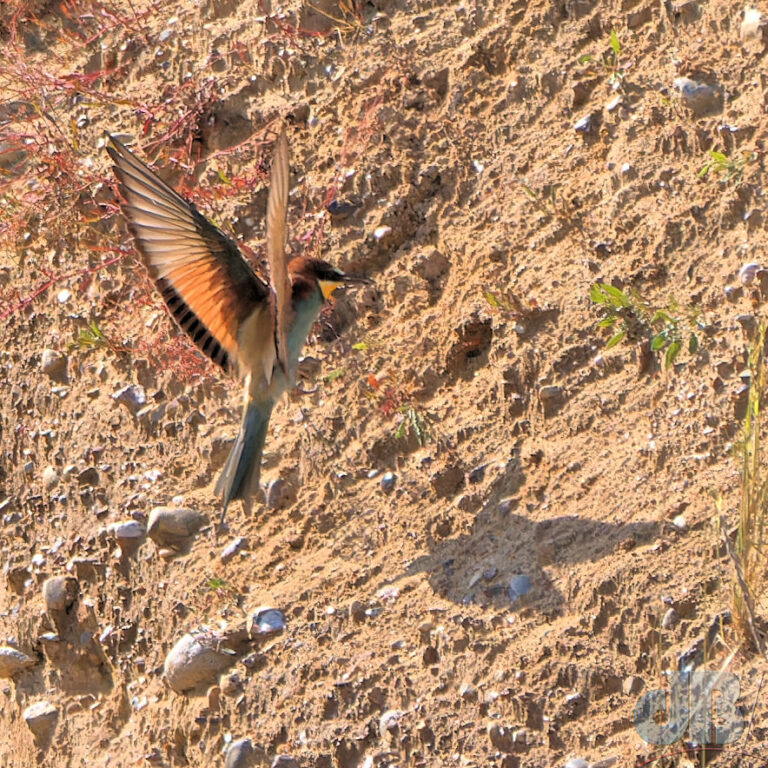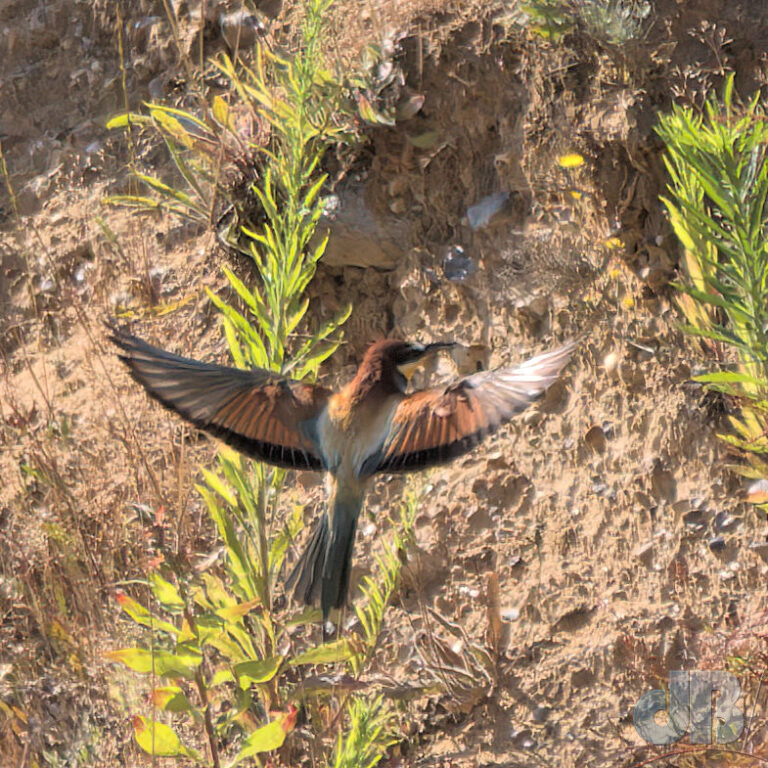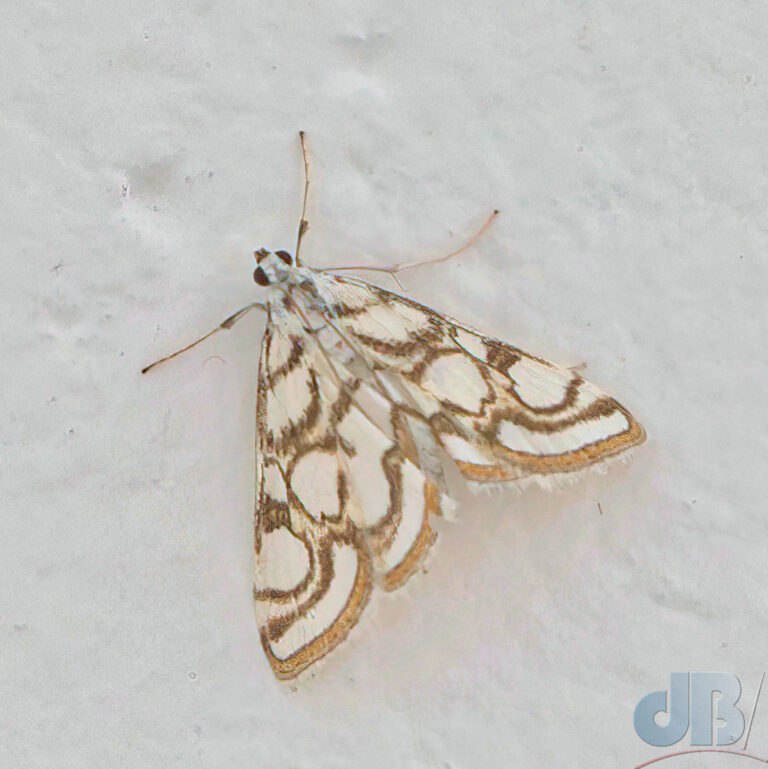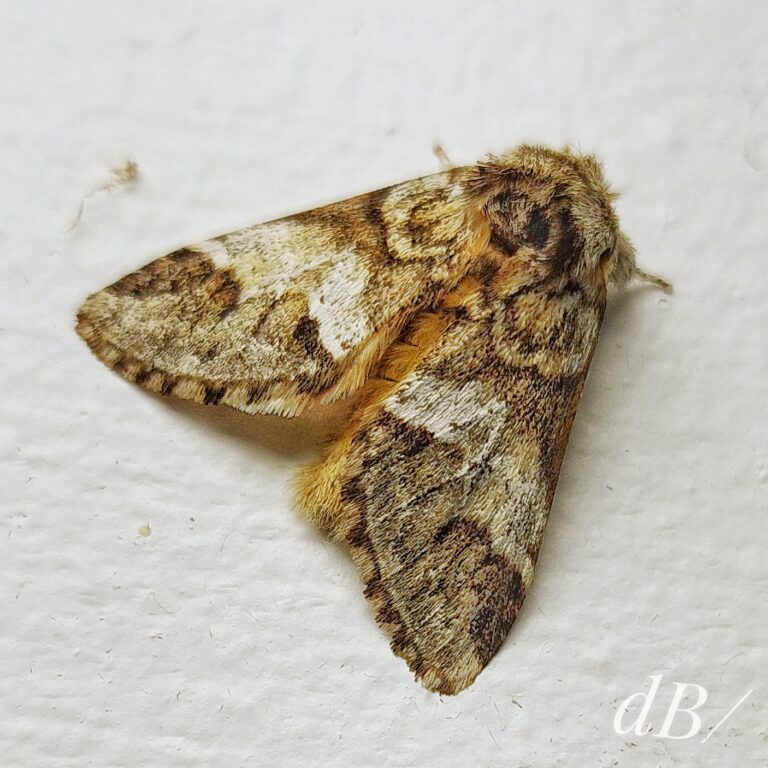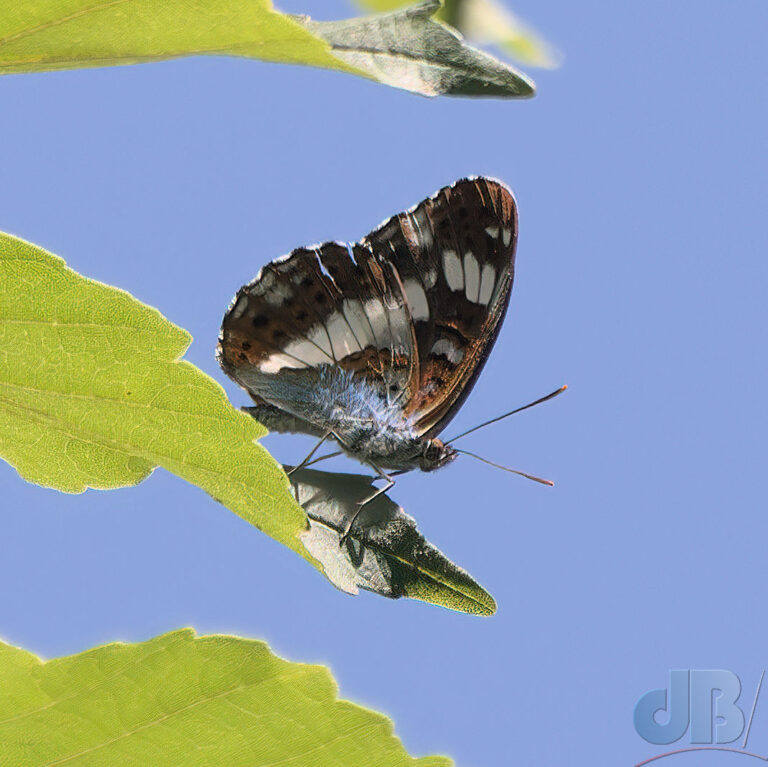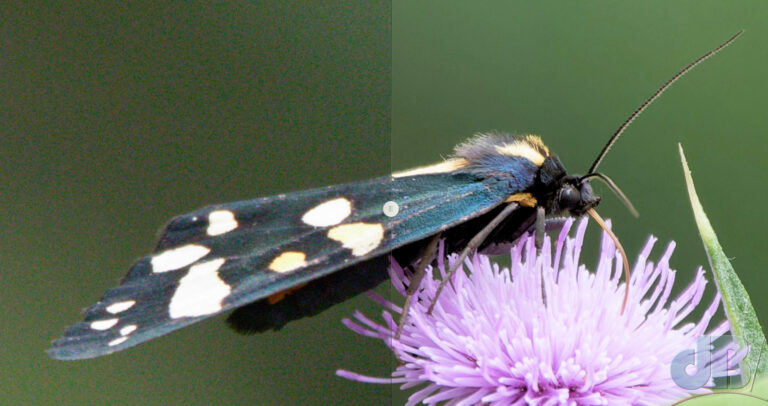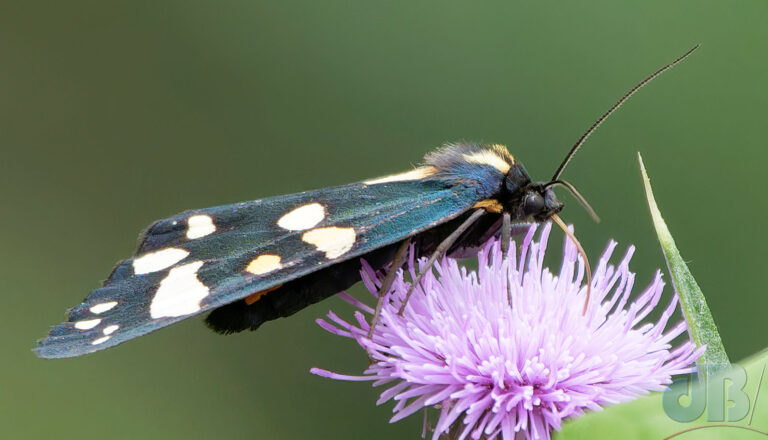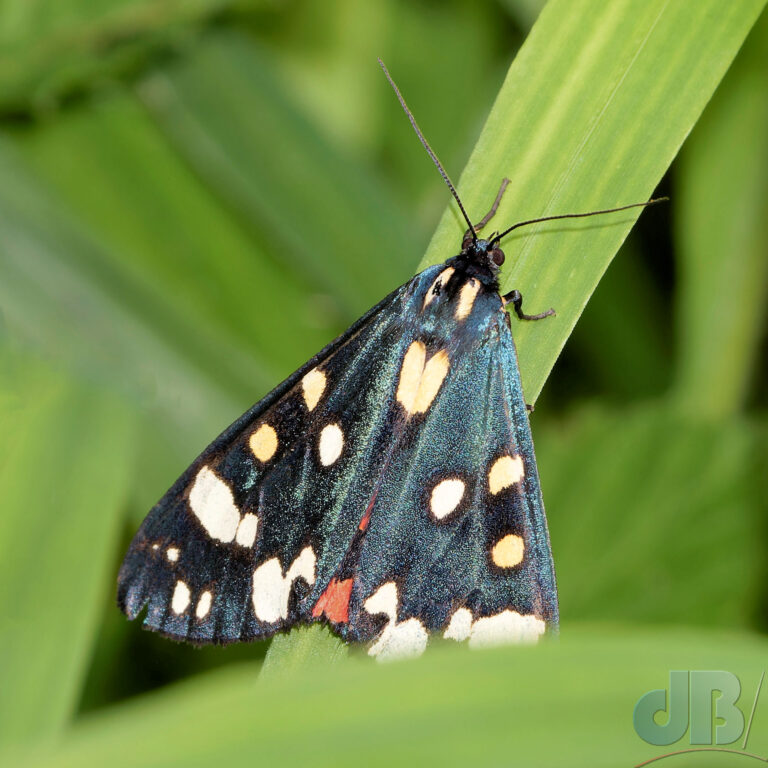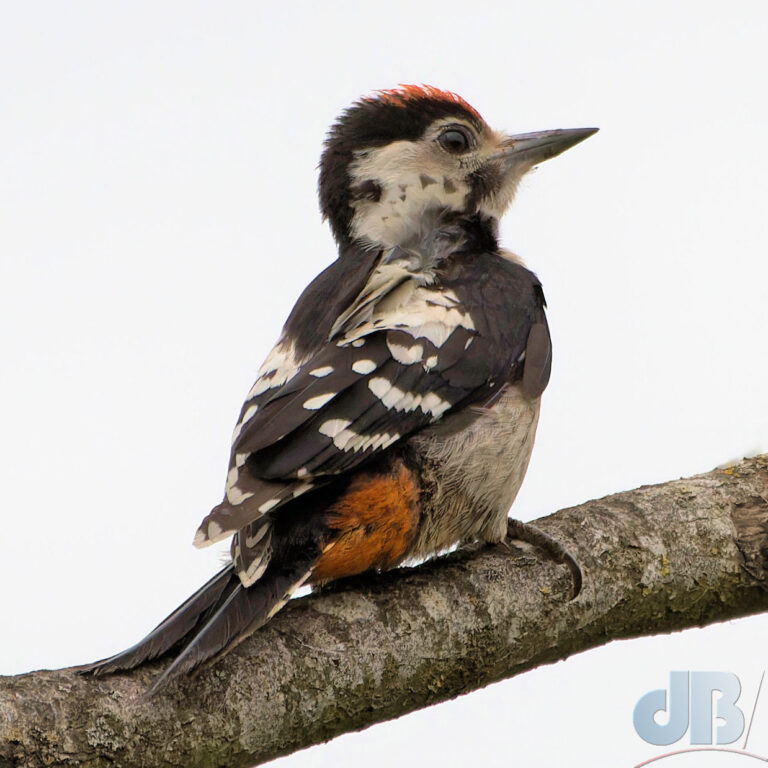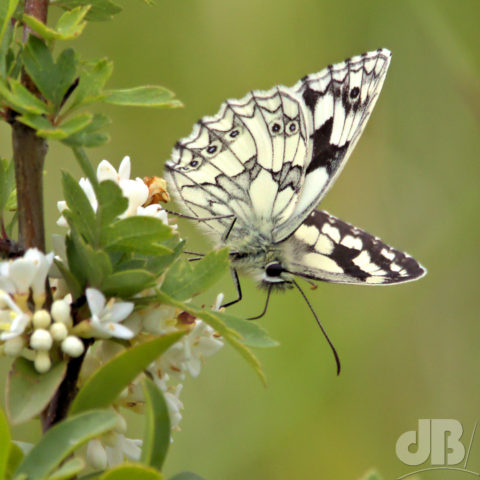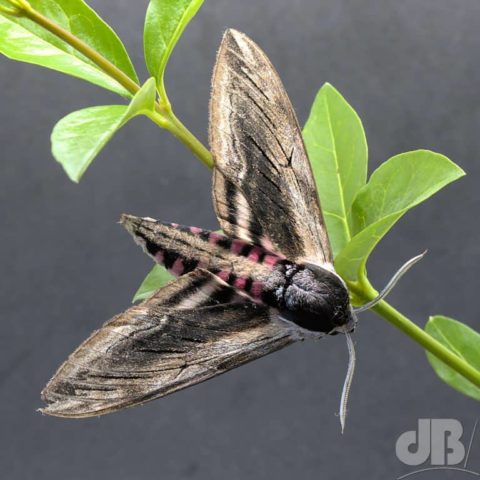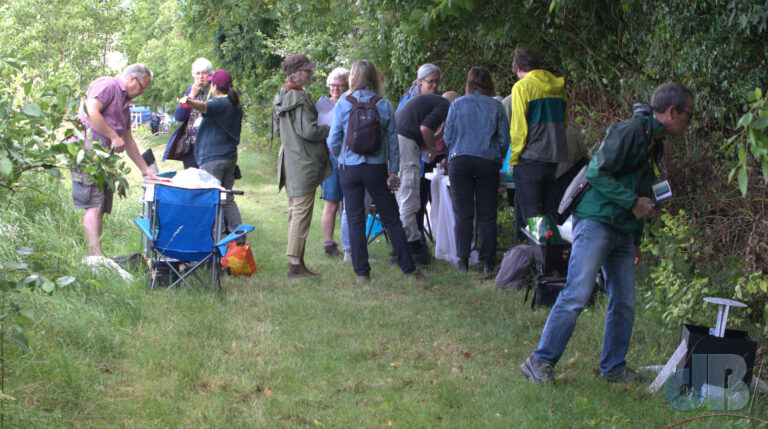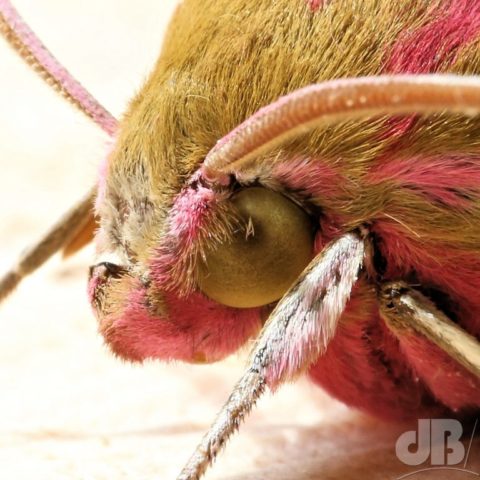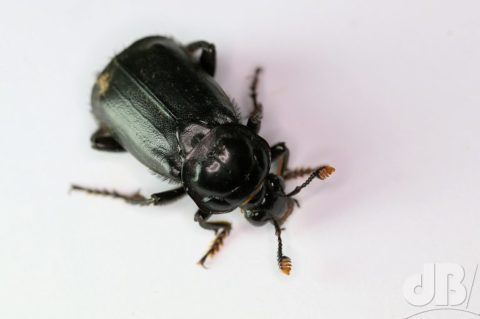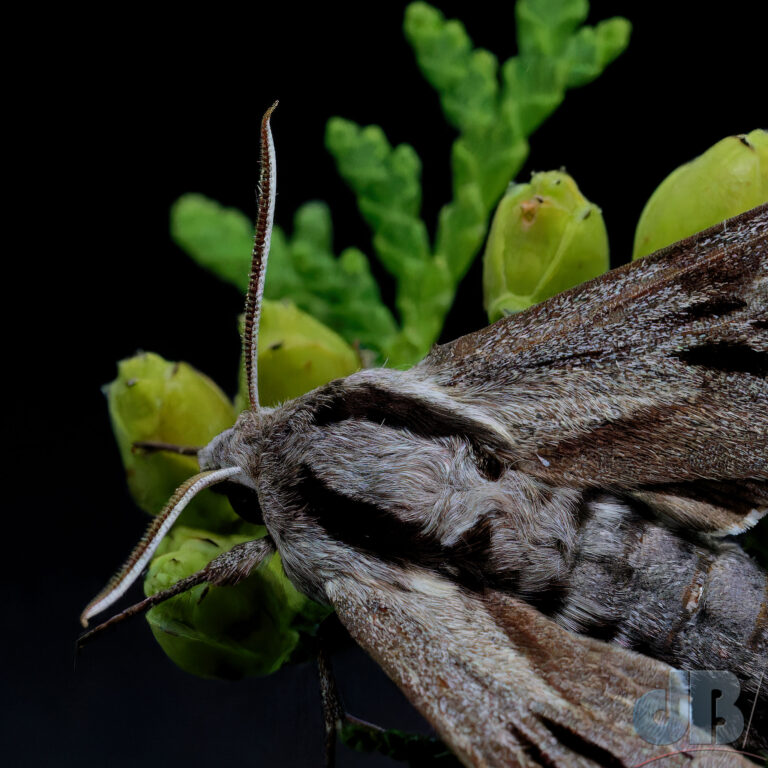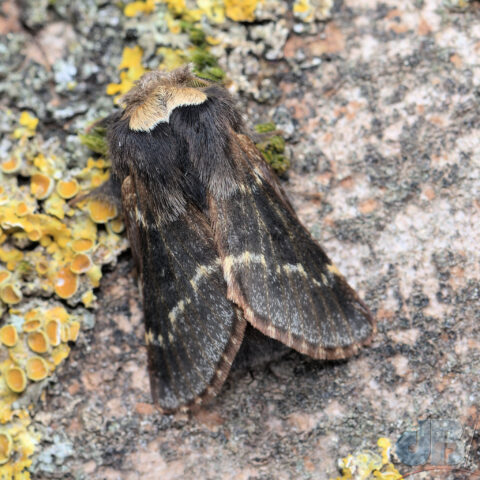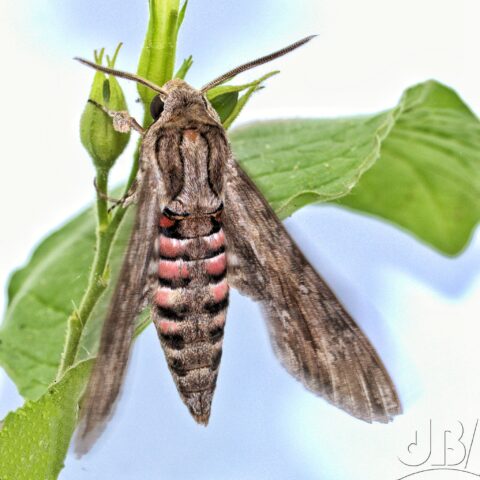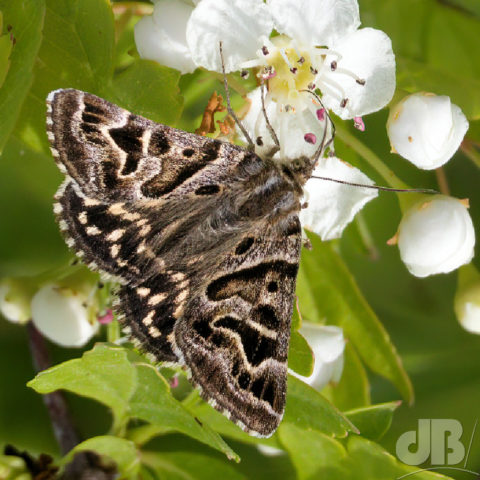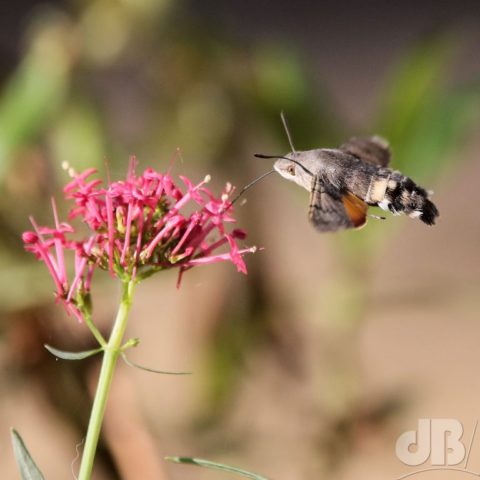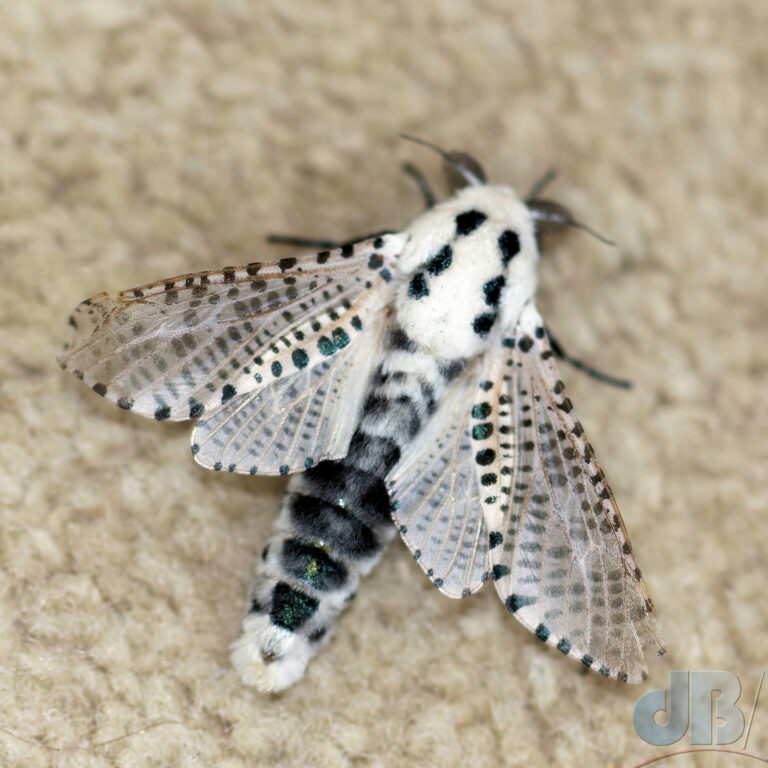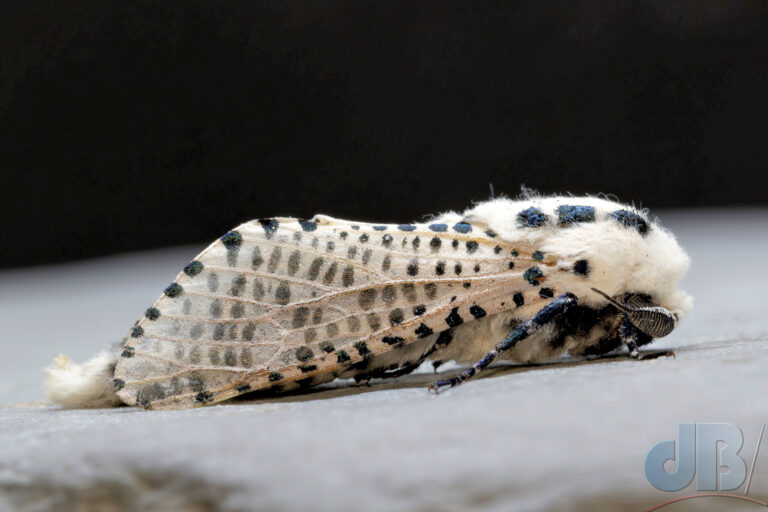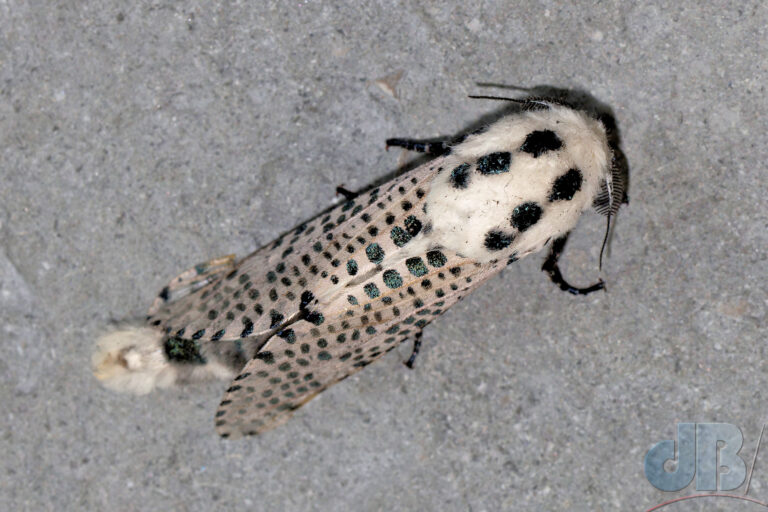A quick blog post as I approached my fifth anniversary of garden mothing. That’s six summers of lighting up! You’ll recall how it started.
I have recorded 487 different species of moth in my garden as of 24th October 2023. I have photographs of most of those species, with the exception of the marvellous Hornet Clearwing moth which I saw (drawn to a pheromone lure) but didn’t net. I have also seen and recorded 44 other species on campsites, nature reserves and in holiday house gardens (New Forest, Dorset, Anglesey, and at Chippenham Fen and Les King Wood).
My first season began late, 24th July 2018 and I didn’t keep full logs, but saw roughly 127 species of moth, most of which I’d never even noticed nor photographed before.
In 2019 I ran 272 sessions with a 40W Robinson trap and recorded 12373 moths of 315 species 125 of those were new to me. That represents 45 s/s avg, specimens trapped (and released) per session on average.
In 2020, COVID-19 lockdown year, I ran 294 sessions and had 8529 moths of 309 species, 30 of those species were new to me, and that’s a per session average of 30 s/s avg. Way down on 2019.
2021 – 288 sessions, 7608 moths of 278 species – 38 NFM – 38 s/s avg
In 2022 – 244 sessions, 7900 moths of 321 species – 64 NFM – 32 s/s avg last NFM of the year was the much hoped for December Moth, which arrived at the end of October.
UPDATE 24th October 2023
197 sessions, counted 8086 moths of 334 species so far – 44 NFG as of 24th Oct – 45 s/s avg. I switched to a Skinner trap with a 20W Wemlite from my old 40W Robinson trap, in early June 2023.
If I just select out the peak season 1st of May to 30 September, things are slightly different in terms of per-session averages
2023 – 7551 specimens over 116 sessions – 65 s/s – 330 species
2022 – 7253 specimens over 130 sessions – 56 s/s – 321 species
2021 – 7194 specimens over 141 sessions – 51 s/s – 278 species
2020 – 8002 specimens over 137 sessions – 58 s/s – 309 species
2019 – 10966 over 128 sessions – 86 s/s – 315 species
Obviously, 2019 was an interesting year, my first full season and I seemed to get large numbers of moths and quite good diversity appearing in the trap during almost every lighting-up session. Things were not so good the next summer, with a drop from almost 90 per session to just under 60, but we’d had a warm and early spring with cold snaps at night. 2021 was not like 2020 in terms of how the seasons panned out and I saw another drop in per session average to just over 50. 2022 was half way back up between the 2020 and 2021 averages. 2023 has been quite bizarre, numbers seemed to be way down early in the season, but diversity and numbers picked up. I was also more aware of various micro moths and so my new-for-garden (NFG) was 44, with a few new macros, like Leopard Moth, but not the NFG numbers of my earlier years, obviously.
I expect to see similar total numbers and diversity next year, but perhaps with fewer NFGs, but who knows, it’s rather unpredictable.
